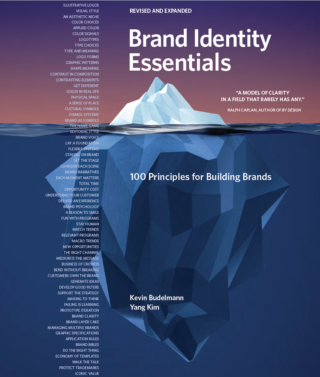You can't incentivize customers into brand engagement, but you can lower the behavioral cost to encourage it.
A 2014 social psychology study took a deeper look at what motivates people. The study demonstrated that people are more likely to make decisions based on deeper, internal motivations known as "attitudinal preferences" as opposed to extrinsic motivators or incentives. In other words, incentives do not change behavior. What they can do, and do very well, is lower the customer's behavioral cost for engagement.
How much effort a customer is willing to exert in order to accomplish a goal is considered the behavioral cost. The easiest way to think about it is to ask yourself, "What will you do for a Klondike bar?" Incentives can help remove or lessen the barriers to accomplishing a goal, therefore reducing the behavioral cost.
We sometimes tend to focus too much on incentivizing customers into a particular goal. Incentivizing is great; the problem is that these incentives rarely take into account the company's target audience and what that audience's attitudinal preferences are. As a result, companies are trying to gain traction with a broad swath of audiences that are not aligned with the company's mission and vision, and where the behavioral cost is extremely high (these customers cost way more money to attract and retain). Audiences that are already aligned with the organization's mission and vision will have a lower behavioral cost.
Focusing on a target audience whose preferences are aligned with the organization's, then offering meaningful incentives can encourage authentic brand engagement.
Patagonia provides a great example of what it looks like when first considering your target audience's preferences, then building incentives around those preferences to increase brand engagement.
Patagonia's Worn Wear campaign
Passionate about sustainable business practices and targeting an audience who have the same values, Patagonia launched a "Worn Wear" campaign during Black Friday. The Worn Wear campaign urges Patagonia customers to swap their pre-worn apparel for other pre-worn apparel on a day usually devoted to shopping madness. If customers can't make it to a select location or don't see something they like, they can participate from home or gain credits towards future purchases with Yerdle, a sharing economy app. The initiative is meant to extend the lifecycle of the brand's apparel and, as a result, keeps it out of landfills.
Patagonia was able to tap into its target audience's attitudinal preference of environmental stewardship, and use incentives to promote a desired activity. In this case, the desired customer activity was multifold - encourage environmental stewardship, and encourage using Patagonia apparel.

The behavioral cost is reflected in the monetary cost of new apparel, getting to select locations, and guilt from the impact buying new has on the environment. Patagonia used several incentives to decrease the behavioral cost. It partnered with Yerdle to make exchanges easy no matter the location. Secondly, Patagonia removed the monetary cost of making a purchase by conducting a "swap". Finally, it alleviated consumers' environmental guilt by extending the apparel's lifecycle.
With the Worn Wear campaign, Patagonia was able to make it easy for its target audience to practice environmental stewardship while also promoting the brand.
First-Step Questions
- What is important to your customers – beyond the context of your offer?
- Are your incentives congruent with your customer preferences?
- Is your brand meaning aligned with your customer goals and beliefs?
Incentives can be effective for short-term wins, but do not help create long-term brand loyalty unless done in a meaningful way. It's important to understand your organization's goals through the lens of your customer's behavioral cost and their attitudinal preferences. Creating alignment between your brand, your audience, and your incentives can create strong bonds that will help your organization strengthen its brand engagement.
